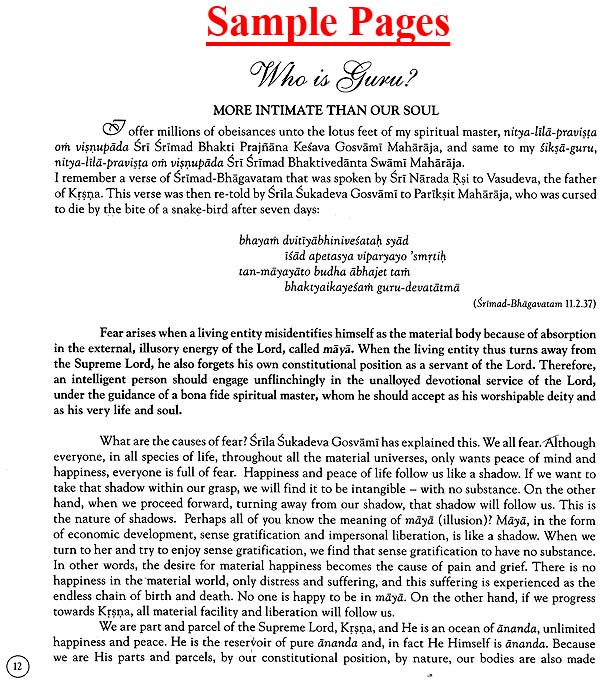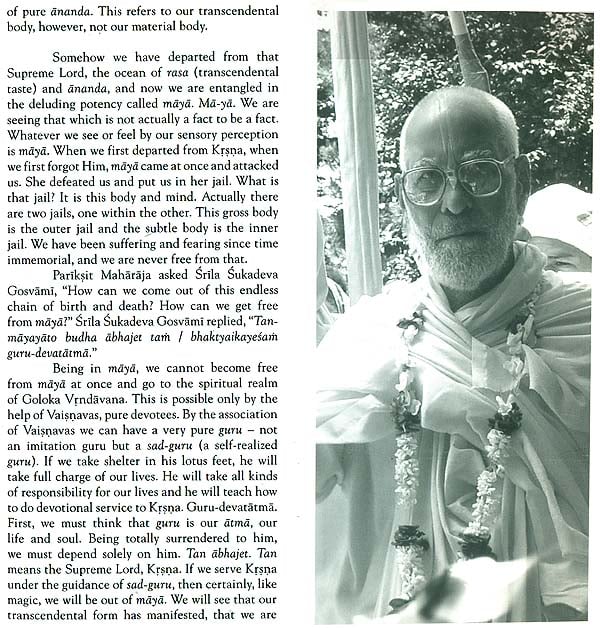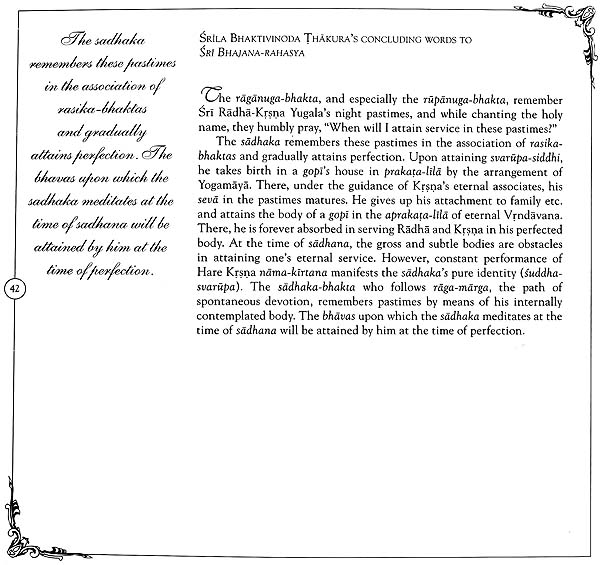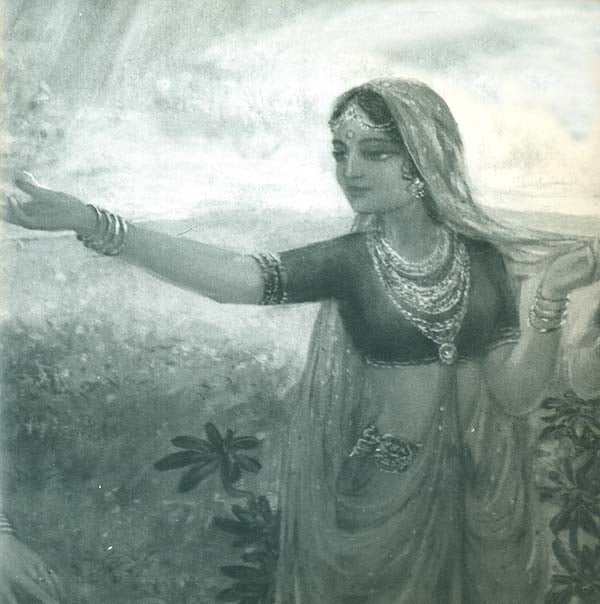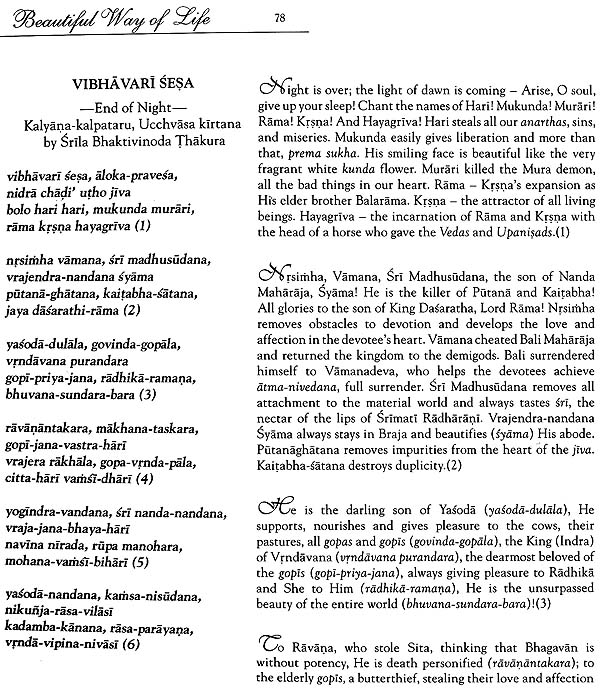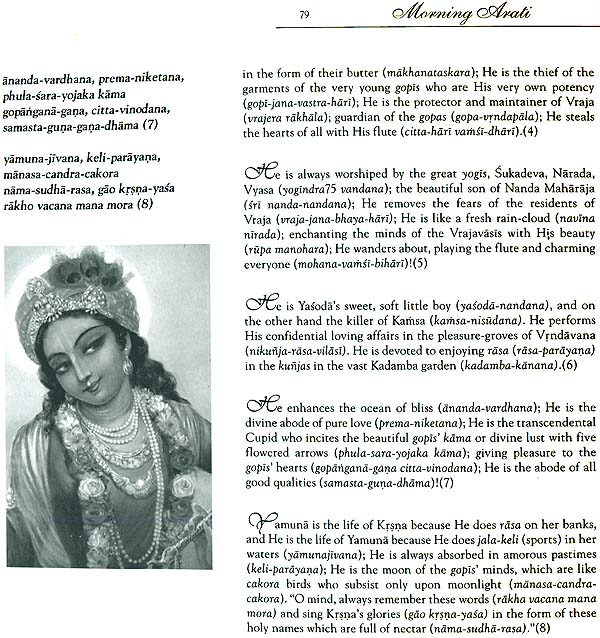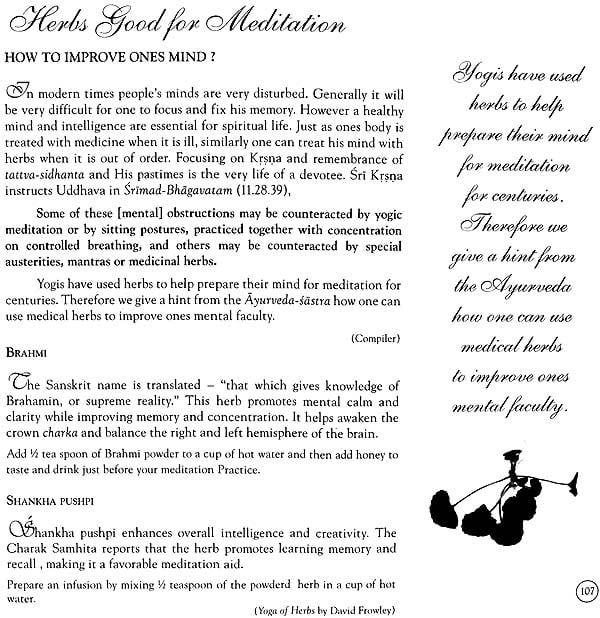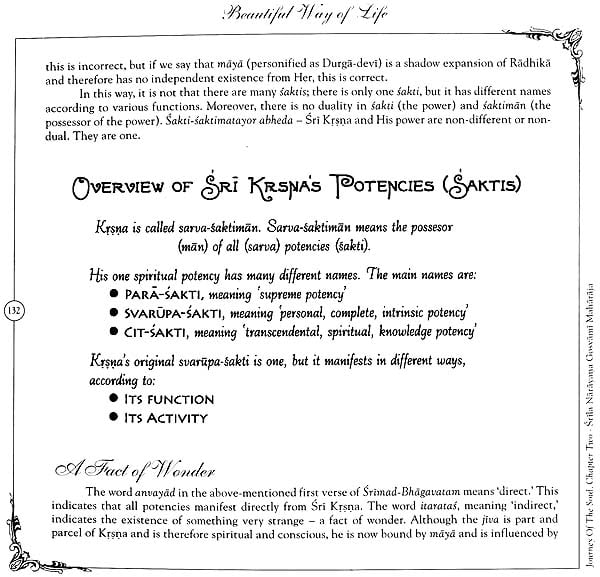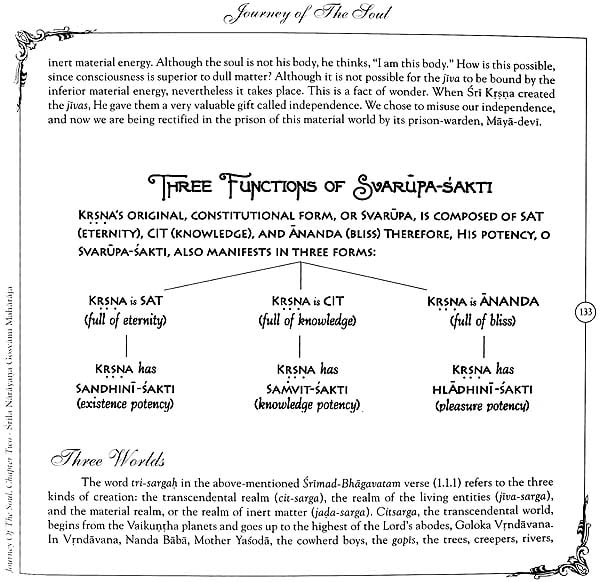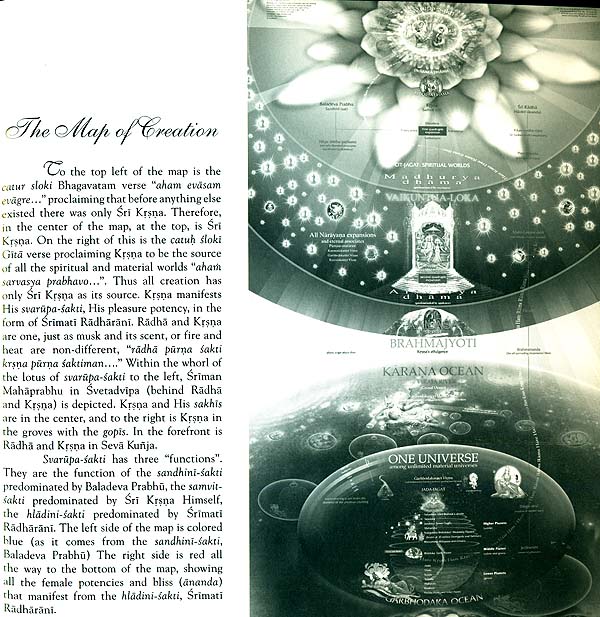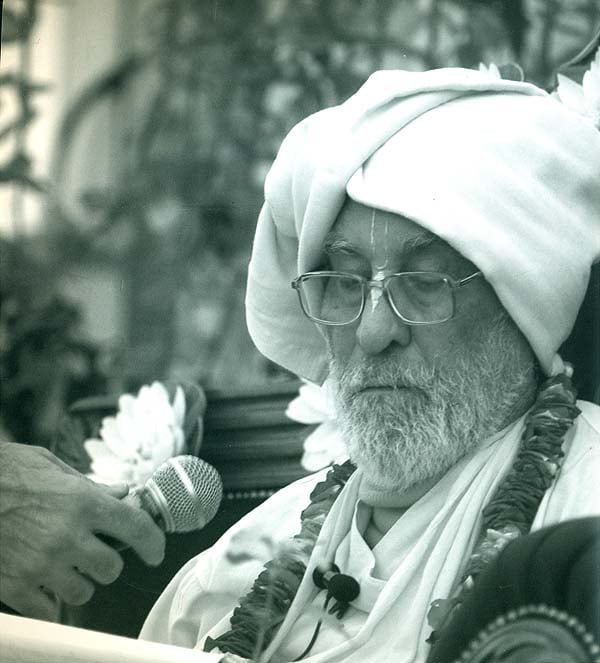
Beautiful Way of Life (Guidebook to The Path of Bhakti-Yoga)
Book Specification
| Item Code: | NAJ118 |
| Author: | Srila Narayana Maharaja |
| Publisher: | Ras Bihari Lal and Sons |
| Language: | English |
| Edition: | 2014 |
| Pages: | 203 (Throughout B/W Illustrations) |
| Cover: | Paperback |
| Other Details | 8.0 inch x 8.0 inch |
| Weight | 660 gm |
Book Description
Sri Bhagavan Himself is the only worshipable object of the Vaisnavas. Only those who are initiated into the visnu-mantras, in other words, who have received visnu-diksa, and who engage in the worship of Visnu are Vaisnavas. Therefore, the acceptance of visnu-diksa and the consequent engagement in the worship of Visnu is the primary symptom of Vaisnavism. It is imperative for an initiated person to embrace and relish the prescribed conduct and obligatory duties of the Vaisnavas, which have been presented upon the merciful order of Sri Caitanya Mahaprabhu by the Vaisnava acaryas. It is mentioned in various sastras that all four people from the four varnas and asramas have the right to become Vaisnavas by accepting the visnu-mantras and then engaging in the worship of Visnu.
All the fruitive endeavors of an uninitiated person are meaningless. Due to not having received visnu-diksa such a person has not established a relationship with Sri Bhagavan and therefore cannot be acknowledged as a-bona fide Vaisnava. Only when sambandha-jnana, or knowledge of one's relationship with the Lord, awakens after undergoing the regulative principle of initiation (diksa-samskara) and receiving the visnu-mantras in accordance with the sastric injunctions is one genuinely established as a true Vaisnava. The chanting of the mahamantra does not depend upon any rule or regulation related to the formal acceptance of initiation. If we can attain perfection simply by chanting the names of Sri Bhagavan, what then is the need of accepting formal initiation? The process of diksa awakens in the heart of the jiva as a particular relationship with Sri Bhagavan. Without it a person does not possess the necessary qualification to perform the worship of Sri Bhagavan. Only after accepting diksa does he obtain the eligibility. Diksa-Samskara enlightens one in transcendental knowledge (divya-jnanam) and destroys one's accumulation of unlimited sins (papa-sanksa).
It is one's foremost duty to take shelter of the lotus feet of a sad-guru, who is thoroughly established in a bona fide disciplic succession, and then accept initiation from him. The guru is non-different from a manifestation of Sri Hari. Bhagavan Sri Hari Himself is the guru of all jivas. If the guru is pleased with someone, Sri Bhagavan will also be pleased with that person. If Bhagavan is displeased with someone, he can still be protected by a sad-guru, but if the guru is displeased with someone, then even Sri Bhagavan cannot protect him. Guru-kripa, or the mercy of the guru, is the exclusive hope for a person who has taken shelter of him.
A jiva can never achieve liberation from the entanglement of the material energy if he disregards the loving devotional service of Bhagavan. Those who are adverse to service to Sri Hari disregard the path of arcana and instead engage in the activities of karma and the cultivation of jnana. On the other hand, those who perform arcana according to the rules of pancaratrika know bhakti-yoga to be the topmost. To achieve the eligibility to genuinely enter nama-bhajana, the jiva must fir the elevated from the kanistha-adhikari stage to the madhyama-adhikari stage by rendering service to the Deity form of Bhagavan (arcavatara). By performing arcana of Bhagavan, one soon feels immense pleasure within oneself, which is the cause of all varieties of perfections and auspiciousness. Without performing arcana, it is not possible for a person attached to material enjoyment to break free from bad as association and so forth. Sri Bhagavan Himself instructs us on the process of His arcana through the guidelines given in the sastras. By advancing in the process of arcana, one enters into the realm of bhajana (spontaneous devotional meditation). Although the process of arcana is not the priority in bhajana, still, bhajana is not opposed to the reverential service attitude required for arcana. Still, by taking complete shelter of the chanting of hari-nama, bhajana is in itself a complete process of exclusive devotional service to Bhagavan.
| Dedication | 4 |
| Introduction | 10 |
| Who is Guru? | 12 |
| About Bhakti-Yoga | 16 |
| Part One - Blissful Morning | 19 |
| Morning Duties | 21 |
| Meditation on Sri Guru | 23 |
| Awakening The Lord | 24 |
| Chanting Gayatri | 25 |
| Chanting Japa | 28 |
| Astakaliya Lila | 28 |
| Part Two-Arcana | 45 |
| What is Arcana? | 48 |
| What is Arati? | 50 |
| Worship | 51 |
| Bathing the Deity | 54 |
| Different Kind of Mantras | 57 |
| Worshing tulasi | 61 |
| Offering Bhoga (Foodstuff) | 67 |
| Songs for Honoring Spritual Food | 69 |
| Part Three Arati Songs | 71 |
| Jaya Dhvani | 72 |
| Sri Guruvastakam | 73 |
| Sri Prabhupada Padma Stavah | 75 |
| Mangala Arati | 77 |
| Vibhavari Sesa | 78 |
| Sri Vraja Dhama Mahimamrta | 80 |
| Yasomati Nandana | 82 |
| Jaya Radha Madhava | 82 |
| Sri Gaura Arati | 83 |
| Sri Yugala Arati | 84 |
| Sri Tulasi Parikrama & Arati | 85 |
| Nama Sankirtana-Hari Haraye Namah Krsna | 86 |
| Part Four -Important Thing to Know | 90 |
| Ekadasi | 91 |
| removing Anarthas | 95 |
| Sadhu-Sanga | 97 |
| Vaisanva Behaviour-Offences to be Avoided | 100 |
| Being a Vegetarian | 105 |
| Deadly Effect of Onion and Garlic | 106 |
| Herbs Good for Meditation | 107 |
| A great Exercise | 108 |
| Successful Timing | 110 |
| Part Five -essential Slokas | 113 |
| Part Six -Journey of the Soul | 127 |
| Part Seven - Charts and Yantras | 149 |
| Gopal Yantra | 151 |
| The Map of Creation | 160 |
| Sambandha-Abhidheya-Prayojna | 162 |
| Radha Krsna Lotus Footmarks | 164 |
| 24 Elements | 178 |
| Pyramids of Bhaktas & Bhakti | 170 |
| Devanagari- Language of God | 172 |
| The Map of Universal Time | 174 |
| Part Eight - Biography of Srila Gurudeva | 179 |
| List of His Books | 188 |
| Part Nine-Srila Gurudeva & Disciples | 191 |
| Atmapada parapada prakriya visesau | 191 |
